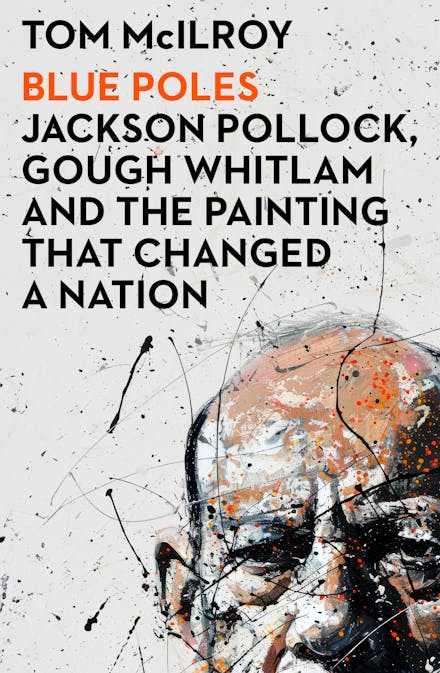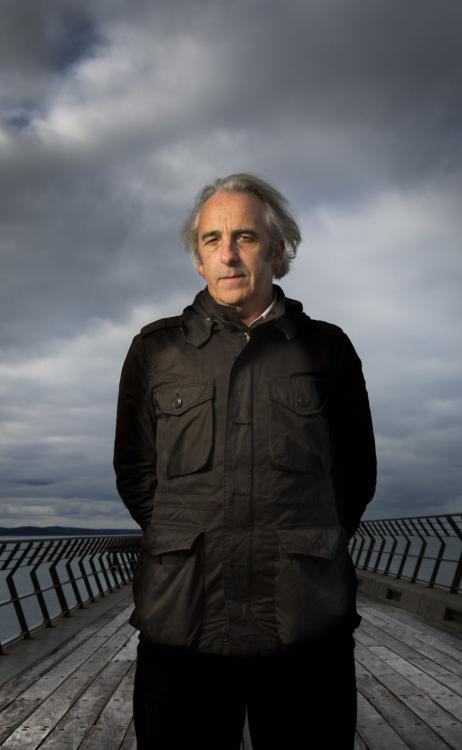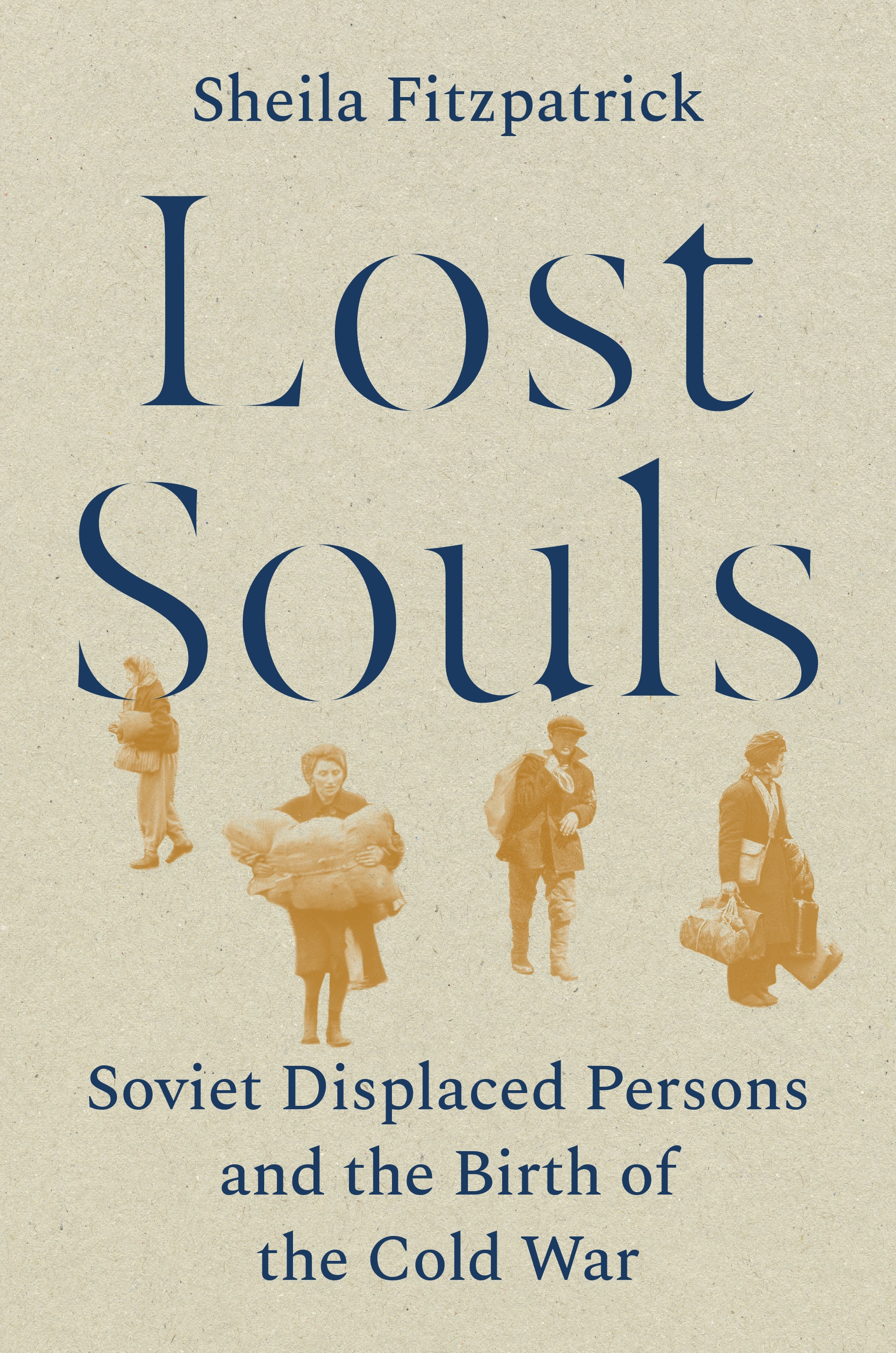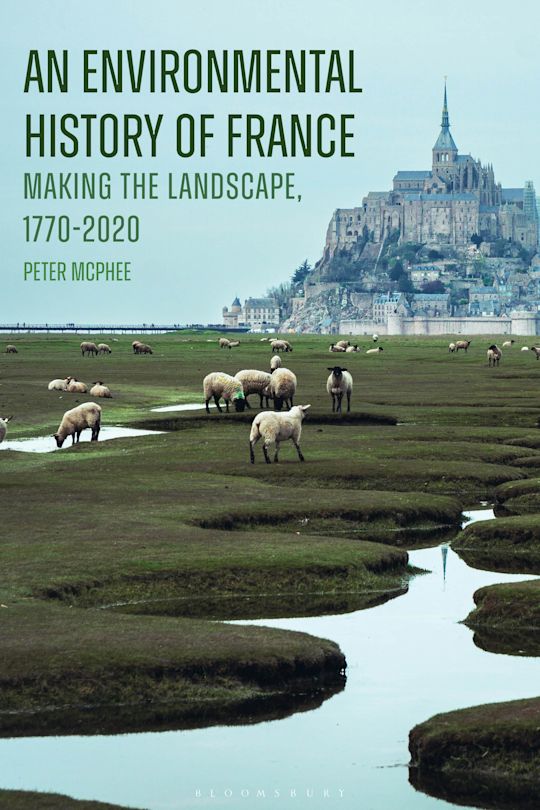Buildings or books ‒ what makes a university?
Word gets around quickly. Within a week of the University of Western Australia announcing the closure of UWA Publishing after eighty-five years, and the peremptory sacking of its staff, a petition had gathered almost 10,000 signatures. This is nothing new. Proposals to close UWAP in 1973, 1990, and 1996 were soundly defeated, after being robustly debated at UWA’s Academic Board, Convocation (alumni), and Senate. This rescued UWA from vociferous criticism voiced nationally and internationally.
In a recent memorandum foreshadowing the closure, innocuously titled ‘UWA Publishing: Proposal for Change’, only one intriguing justification was advanced: ‘Currently, only a small proportion of the authors and content published by UWA Publishing relate directly to the University and its work.’ Even if it were true, this shows an astonishing unawareness concerning the role of the 500 university presses around the world.
UWAP, like every other university press, is decisively not intended to showcase ‘authors and contents’ relating directly to UWA today. Nor is it primarily a publicity or marketing organ for UWA, though it does have this value as a significant outcome. Instead, the expert, peer-reviewing process maintains the independence of UWAP from parochial interests and institutional pressures. Its aim is to publish, in finely crafted books, excellent research across all disciplines and fields, written by experts for an international readership and of interest to the wider community. This is commensurate with the educational missions of any reputable university, to advance learning on an international scale and to nurture community links. These aims are very different from those of commercial publishers.
Some world experts on scholarship relating directly to Western Australia will obviously be working at UWA, but their books undergo the same stringent peer review as manuscripts by international scholars. As a corollary, it is not surprising that experts on Western Australia based elsewhere will approach UWAP, since it is the appropriate channel for publication. In fact, without UWAP the world would be uninformed about Western Australia, except as a tourist destination, given the isolation of the state from the east coast and media indifference.
The memorandum dismisses UWAP as ‘small’ and ‘academic’ and describes its output in only minimally inclusive terms: ‘non-fiction books in the areas of Western Australian history, natural history, art, fiction, poetry and some other scholarly works.’ As a corrective, the very informative history A Press in Isolation: University of Western Australia Press 1935–2004, edited by professional historian Criena Fitzgerald, lists more than 500 titles from 1935 to 2004. Since then there have been about the same number. Subjects include public health, physics, environmentalism, economics, history (of all countries and ages), Indigenous studies, languages, architecture, urban planning, art history, theatre, business management, educational theory and practice, international politics, migration, music (contemporary and classical), cultural issues, biography, literary history, and a host of others. For some years, there was an important series of quality, prize-winning children’s books published by UWAP under the Cygnet imprint, as part of UWA’s wider educational mission, feeding into primary and secondary educational curricula in Australia and beyond. Opening up new readerships, most recently the list includes quality literary fiction and poetry emanating from creative writing students and staff at universities across Australia.
Some books are revered classics and collectors’ items, such as George Seddon’s Sense of Place, which has taken on new significance in the environmental debate. The multi-volume Dictionary of Western Australians is invaluable, while there are definitive and beautiful volumes on the flora and fauna of Western Australia, marine biology, shipwrecks off the Western Australian coast, and others. All are lavishly illustrated reference works, cited and consulted by scholars in libraries around the world.
Each book bears UWA’s logo, which has contributed to UWA’s reputation among the world’s top 100 research universities. To be visible beyond this ‘isolated’ region, the University and state need – more than most – a distinctive publishing outreach to make its impact felt internationally.
An article in The Conversation pours scorn on the ‘Open Access’ model of publication that the memorandum advocates. Other universities that have followed this line have sunk into oblivion overnight.
Even in commercial terms, closing the press makes no sense, since book consumption is burgeoning, with flexible print-on-demand, e-books, sale of individual chapters, and huge online publicity machines.
It seems regrettable that, once a decade, all these reasons for consolidating UWA Publishing – intellectual, educational, reputational, and financial – need to be rehearsed. ‘Executives’ on short-term appointments come (and go) without corporate memory of what UWA’s historical excellence is built upon. They can be sucked into thinking that short-term cost-cutting and rhetorical ‘Operational Strategies’, alongside new multi-million-dollar buildings, are a worthier legacy than the rich and ongoing ‘in-kind’ contribution of UWA Publishing over its first eighty-five years.













Comments (2)
Leave a comment
If you are an ABR subscriber, you will need to sign in to post a comment.
If you have forgotten your sign in details, or if you receive an error message when trying to submit your comment, please email your comment (and the name of the article to which it relates) to ABR Comments. We will review your comment and, subject to approval, we will post it under your name.
Please note that all comments must be approved by ABR and comply with our Terms & Conditions.